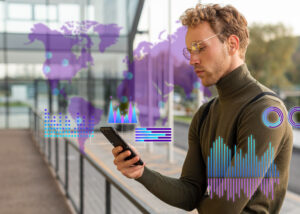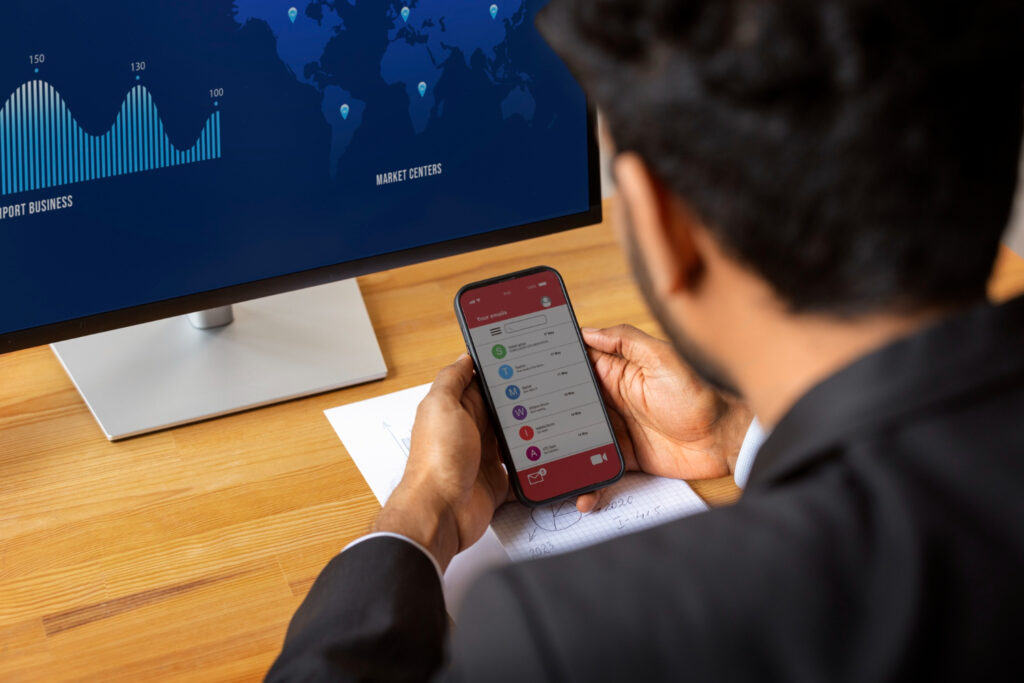Introduction
The futures market is a vital part of the global financial system, providing a platform for traders and investors to hedge against risks and speculate on price movements of various assets. Futures contracts are standardized agreements to buy or sell an asset at a predetermined price at a specified future date. This article delves into the intricacies of the futures market, exploring its mechanics, participants, strategies, and the factors that influence price movements.
What is the Futures Market?
The futures market operates through futures contracts, which are legally binding agreements traded on exchanges. These contracts cover a wide range of assets, including agricultural products, metals, energy resources, and financial instruments such as currencies and stock indices.

Types of Futures Contracts
- Commodity Futures: These involve physical goods like oil, gold, corn, and wheat, allowing producers and consumers to lock in prices for future delivery.
- Financial Futures: These pertain to financial instruments, including interest rates, currencies, and stock indices. They are often used by investors to hedge against market fluctuations.
Key Participants in the Futures Market
- Hedgers: These are entities such as farmers or manufacturers who use futures contracts to protect against price fluctuations in the underlying asset. By locking in prices, they can stabilize their income and costs.
- Speculators: These traders seek to profit from price changes by buying and selling contracts. They often take on more risk, betting on market movements.
- Arbitrageurs: Participants who exploit price discrepancies between different markets or contracts. They help ensure price efficiency in the market.
How Futures Trading Works
Trading futures involves several key mechanics. Participants enter into contracts specifying the price and delivery date of the underlying asset.
Margin Requirements and Leverage
Futures trading requires a margin, which is a portion of the total contract value deposited with the broker. This margin allows traders to control larger positions with smaller amounts of capital, providing leverage. While this can amplify profits, it also increases potential losses.
Settlement Processes
Futures contracts can be settled in two ways:
- Cash Settlement: The difference between the contract price and the market price is settled in cash, which is common for financial futures.
- Physical Delivery: The actual asset is delivered on the contract’s expiration date, which is more typical in commodity futures.
The Role of Exchanges
Futures contracts are traded on regulated exchanges, which provide a platform for buyers and sellers to transact. Major exchanges include the Chicago Mercantile Exchange (CME), New York Mercantile Exchange (NYMEX), and Intercontinental Exchange (ICE).
Regulatory Environment
Exchanges are subject to regulatory oversight to ensure fair trading practices and protect market integrity. This includes monitoring for fraud, manipulation, and ensuring that contracts meet standardized specifications.
Importance of Standardization
Standardization of contracts allows for liquidity and transparency, making it easier for participants to enter and exit positions. This uniformity is crucial for maintaining a fair and efficient market.
Trading Strategies in the Futures Market
Traders employ various strategies in the futures market, which can be broadly categorized into fundamental and technical analysis.
Fundamental Analysis
This involves analyzing economic indicators, supply and demand dynamics, and geopolitical factors that may affect the price of the underlying asset. For example, a report showing a decrease in oil reserves could lead to higher oil prices.
Technical Analysis
Traders use charts, patterns, and indicators to predict future price movements based on historical data. This analysis often includes studying trends, support and resistance levels, and trading volumes.
Popular Trading Strategies
- Hedging: This strategy protects against adverse price movements, often used by producers and consumers to stabilize their income and costs.
- Spread Trading: Involves taking positions in two related futures contracts to profit from the price difference between them. This can reduce risk compared to outright speculation.
Risks Associated with Futures Trading
While futures trading can be profitable, it carries significant risks, including market volatility, leverage risks, and the potential for substantial losses. Traders must be well-informed and prepared for the inherent risks of the market.
The Impact of Economic Indicators
Economic indicators play a crucial role in the futures market. Reports on employment, inflation, GDP growth, and other metrics can influence trader sentiment and market prices.
How Economic Reports Influence Futures Prices
For instance, a strong jobs report may lead to expectations of increased demand for commodities, driving prices higher. Conversely, negative reports may lead to sell-offs, causing prices to drop.
The Relationship Between Futures and Spot Prices
Futures prices often reflect expectations of future spot prices, creating a dynamic interplay between the two. This relationship is essential for traders to understand when making decisions.
Case Studies of Significant Market Events
Historical events, such as the 2008 financial crisis or the COVID-19 pandemic, showcase how economic shocks can lead to extreme volatility in the futures market. These events serve as reminders of the market’s sensitivity to external factors.
Advantages and Disadvantages of Trading Futures
Advantages
- Liquidity: The futures market is highly liquid, allowing for easy entry and exit of positions, which is essential for traders.
- Leverage: Traders can control larger positions with a smaller amount of capital, enhancing potential returns.
- Diversification: Futures provide exposure to various asset classes, allowing for portfolio diversification and risk management.
Disadvantages
- High Risk: The potential for significant losses is a major drawback, especially for inexperienced traders who may not fully understand the complexities involved.
- Complexity: Understanding the intricacies of futures trading requires a steep learning curve, and traders must be well-informed to navigate the market successfully.
- Market Volatility: Prices can be highly volatile, influenced by numerous external factors, making it challenging to predict movements accurately.
The Future of the Futures Market
The futures market is continuously evolving, influenced by technological advancements and changing market dynamics.

Trends and Innovations
The rise of algorithmic trading and artificial intelligence is transforming how futures are traded, enabling faster and more efficient transactions. These technologies help traders analyze vast amounts of data in real time.
The Impact of Global Events
Geopolitical tensions, natural disasters, and pandemics can significantly impact futures prices, creating opportunities and challenges for traders. Understanding these global dynamics is crucial for making informed trading decisions.
Predictions for the Future of Futures Trading
As market participants adapt to new technologies and global changes, the futures market is likely to see increased participation and innovation in trading strategies. The integration of blockchain technology may also enhance transparency and security in futures trading.
Conclusion
Understanding the futures market is essential for both investors and traders seeking to navigate its complexities. By grasping the mechanics, strategies, and influences that shape this market, participants can make informed decisions and potentially enhance their trading outcomes. The futures market remains a crucial component of the global economy, providing opportunities for risk management and speculation, and it will continue to evolve in response to technological advances and global events.

